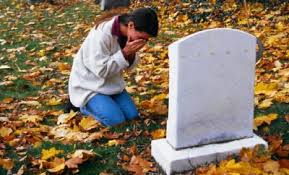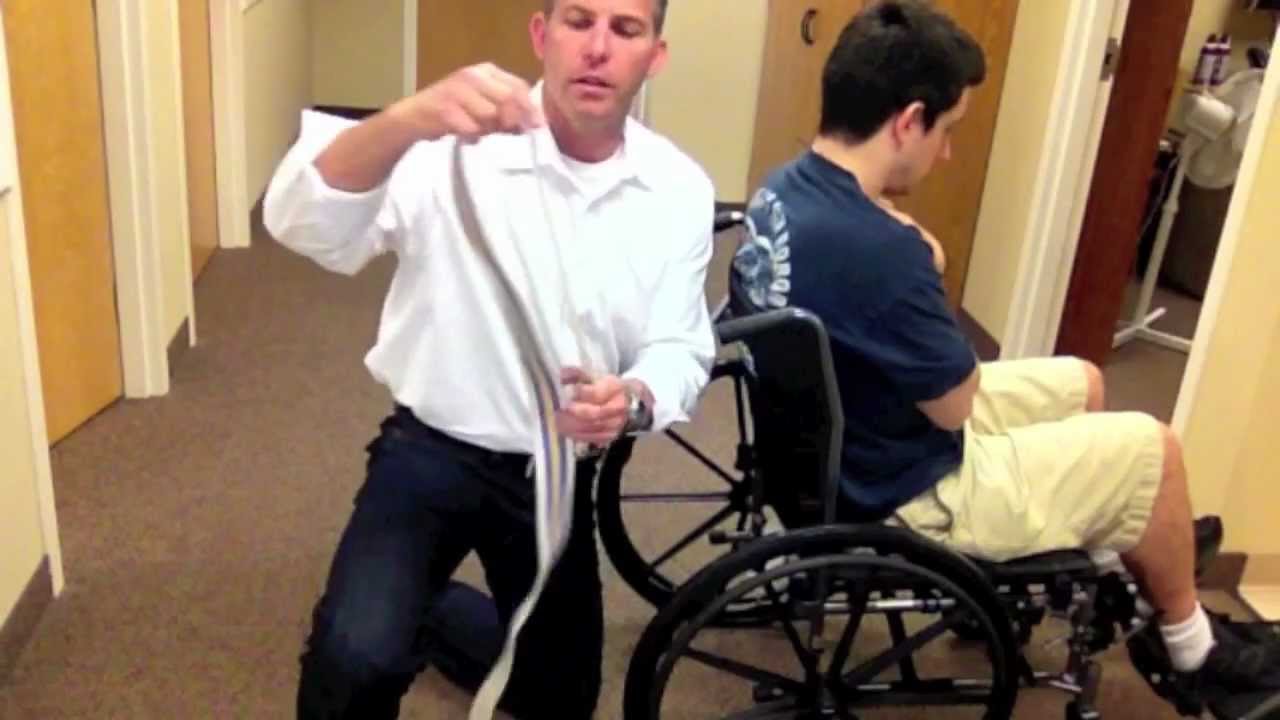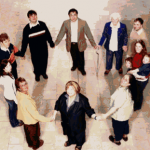Dear Rescue Fans,
I received yet another loving email from a person who’s father died in the front of their automobile while they were driving them to the hospital. Due to things outside her control, she was unable to move her dad to the ground so she improvised and did CPR while he was reclined in t he car the best she could. She has struggled for some time with this and found some relief from my episode on “Did I Do CPR Wrong?”.
he car the best she could. She has struggled for some time with this and found some relief from my episode on “Did I Do CPR Wrong?”.
I just replied back to her and I have to believe there may be others who have tried to save a life with CPR and felt it was not successful. So I’m going to include my reply to her in this blog entry and for those of you who are suffering, I hope it helps.
This person said in her last paragraph of her email: “I have struggled with this in so many ways, yet feel comfort in being with him when he left. I have struggled to find any material that related to my experience. I have felt isolated in not being able to share how I lost my dad, This story, the words you have written, have helped me process and understand my own experience. Thank you.”
This was my response:
Dear __________,
I’m so very sorry for the loss of your Father. I’m sure this must have been most traumatic for both you and your mother. I want to re-ensure you that what you did for your dad that day, was the most brave and loving gift you could have given both your dad and your mum. Every thing you did sounds perfect in order to give your dad the best chance of survival possible under the circumstances. The fact that he did not survive the event does not have anything to do with your efforts. Remember, CPR is only a time buyer in case the person is going to respond to medications and advanced medicine. It’s not a guarantee. The fact that you had the courage to try and the compassion to help is amazing. Please let your mother know that her reaction to the situation is also very normal. She lost the love of her life. Her soul mate and her husband. It’s a nightmare that is happening for real, right before her eyes and it’s not wrong for her to be so overwhelmed with grief and fear that she could not help. That’s why paramedics are not called to their own homes for emergencies. It’s too emotional. So please, let your mother know that she is not at fault for her reactions either.
I hope and pray that you will receive peace during this time of healing. But please know that everyone has a day to die and it’s never easy to experience it. CPR just keeps the window of opportunity to survive open a little longer. You gave that to your dad. As a father myself, I can only imagine how I’d feel to know that my daughter loved me so much that she would give me CPR while waiting for the ambulance to arrive. What love.
Be at Peace,
-Roy
P.S. I’ve included the video that explains this message in detail. I recorded it so long ago, it’s hard to find so I’m going to bring it back to the top. Share it with anyone you may know who may benefit from it.




